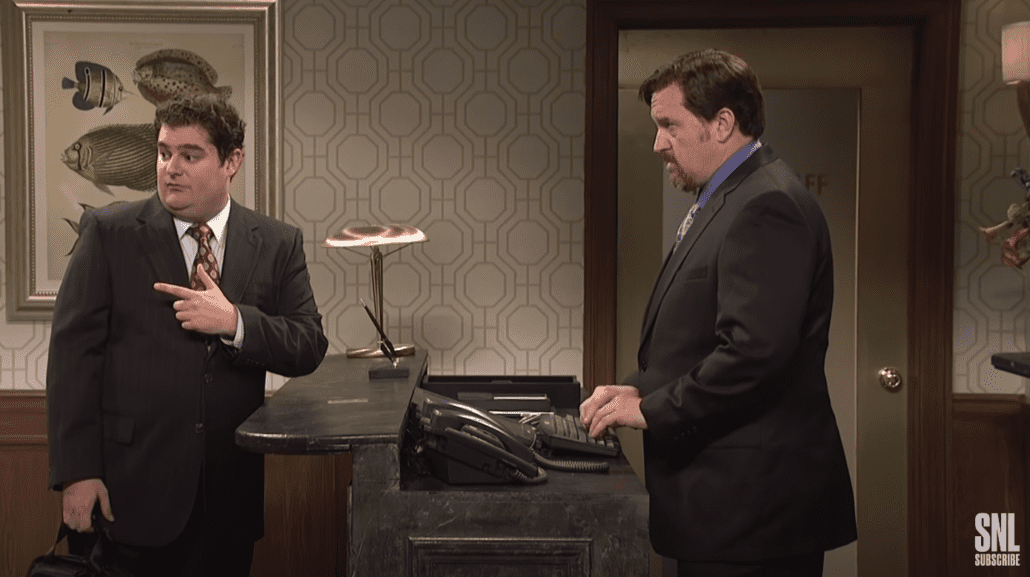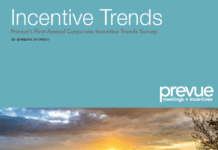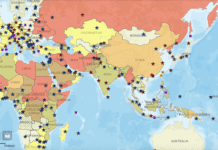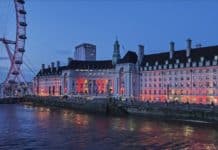 What was top of mind for meeting professionals a decade ago? You may be surprised.
What was top of mind for meeting professionals a decade ago? You may be surprised.
Sadly, in one awful way, the more things change, the more they stay the same. The decade that began in 2012 with the massacre of 26 children and teachers at the Sandy Hook elementary school in Newtown, Conn., and the shooting of 12 people at a movie theater in Aurora, Colo., is bookended with yet more mass murder this year at yet another elementary school, this time taking the lives of 19 kids and two teachers at Robb Elementary in Uvalde, Texas, among the more than 269 mass shootings have already happened in 2022. We also had election fever, a low unemployment rate (7.7% counted as low 10 years ago), and several states voting in marriage rights for LGBTQ+ people.
2012 was an eventful year in the meetings and events world as well. Do you remember…
- Superstorm Sandy. When Sandy landed just before Halloween in 2012, it knocked out 12,000 flights — and cancelled meetings from Boston to D.C. and even further south as 11 states in the path of the storm struggled to cope with the flooding and wind damage, get the power and lights back on, and get flights back on track.
- The Costa Concordia disaster. When the CostaConcordia capsized off the coast of Isola del Giglio in Italy on January 13, killing 32 people, it did more than just make headlines. It also caused the cruise line industry to form a Global Cruise Industry Operational Safety Review to come up with new safety regulations that could help prevent a similar disaster from happening. One year later, the Cruise Lines International Association, North America’s largest cruise industry organization, announced that it had adopted 10 new safety regulations the Operational Safety Review recommended, according to spaglaw.com.
- The GSA scandal. Anyone who was in the industry in 2012 likely remembers when reports of skullduggery at the General Services Administration’s 2010 Western Regions Conference hit the headlines. The five-day, 300-attendee, $822,751 training conference held at the M Resort Spa and Casino in Henderson, Nev., was exposed as generally providing a blueprint of how not to hold a conference on the government’s dime, complete with high-end hotels, hot tubs and mind readers, crazy F&B expenditures, and all sorts of other inappropriate and wasteful spending. Like the Concordia disaster, this one had repercussions: in addition to firings and the cancellation of 35 meetings that year, the Obama administration released a memorandum demanding all agencies reduce spending on conferences, travel and other “administrative costs” by 30%. The Office of Management and Budget also called for increased transparency, demanding agencies post information about conferences publicly.
- Hotel fees became a big enough joke to make Saturday Night Live. Hotel fees have long been the bane of many of traveler’s existence — and what planner hasn’t spent too much time and energy trying to negotiate daily resort fees and the like out of existence? Ten years ago, when hotel fees were predicted to hit a then-record $1.95 billion, not only did Kevin Mitchell of the Business Travel Coalition ask the Federal Trade Commission to investigate “drip-pricing,” — which is when hotels advertise only part of a product’s price up front and hit the buyer with other charges once they’ve already gone through the buying process — even SNL got in on the joke with an almost unrecognizable Louis CK playing the part of an unctuous hotel clerk hitting a harried business traveler with ever more ludicrous hotel fees. If you haven’t watched it in a while, it’s aging better than most of us.
- America’s “App Economy” includes a boom in meeting apps. It almost seems quaint now, but apps were still sort of a new thing in 2012. In fact, Thorben Grosser, an event tech professional who now is VP of Product Marketing and Events with EventMobi, at the time predicted that 10 to 15% of U.S. events with more than 100 attendees in the U.S. would have an app in the near future. In 2015, the level of app-enabled events was predicted to reach 86% within a year.
- Green meetings go mainstream. In February 2012, the Convention Industry Council’s Accepted Practices Exchange (APEX) and the American Society for Testing and Materials International (ASTM) developed the then-new APEX/ASTM Environmentally Sustainable Meeting standards. The standards, which were developed to help the industry gain some consistency when it comes to sustainability, were the result of the work of hundreds of planners, suppliers and sustainability experts from across nine time zones.
- Hotels start to introduce new ways to streamline billing and RFP processes. 2012 was the year Hyatt introduced its Group Billing system to provide daily updates on meeting spending and make meeting bills more streamlined and transparent. Hyatt, along with other major chains, also began to tackle what was then a relatively new problem: the flood of RFPs that began when planners could start sending queries electronically.
- The F&B revolution began in earnest. Though it was around in dribs and drabs pre-2012, that was the year hotels began to really hone their food and beverage to accommodate changing attendee needs for healthier, more sustainable options. For example, that was the year Hyatt adopted its “Thoughtfully Sourced, Carefully Served” approach based on healthy people (portion controlled, balanced offerings and natural ingredients); healthy planet (sustainable practices) and healthy communities (sourcing from local suppliers as well as sharing knowledge at schools and actively supporting famers markets and other events).
- Airfares were on the rise while capacity was declining. This one is so 2022 — but it also was true in 2012, for different reasons. We didn’t have a pandemic and worldwide travel shutdown, followed by pent-up demand, but we did have mergers of major airlines including Delta and United, which gave the airlines a boost in pricing power due to consolidation in the market.
- Digital meetings are great, but not at everything. In 2012 we knew more about what works in the virtual environment — and what does not — than we may have thought. While some seemed surprised to find that some things, notably networking and trade shows, don’t work so well in the virtual format as everything events went online during the pandemic’s early days, we actually knew that 10 years ago.
Here’s evidence from a 2012 article on the then-nascent virtual meeting: “Guidelines, regulations, upgrades, statements and other black-and-white data can more easily be communicated via a virtual event than can any content that involves best practices, soft skills or other material requiring a conversation. The best-case scenario is virtual events serving as a complement to face-to-face.” We also already knew that most would expect to get that online event for free, and that it would be key to create online communities to share and amplify learning before, during and after online events.
You May Also Be Interested in These Oldies but Goodies
Planners’ 5 Biggest Misconceptions About Social Media
Brain Mapping Leader Says Conference Planning Can Change the World
Live From the Visionary Summit in NYC










